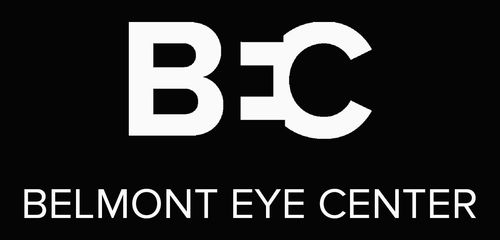In recent times, the spotlight has turned to a relatively underrecognized condition that affects an estimated 1 in 7 people: Binocular Vision Dysfunction (BVD). Characterized by a range of symptoms including headaches, dizziness, anxiety, and difficulties with reading and driving, BVD stems from a misalignment of the eyes. This condition, despite its prevalence, often goes undiagnosed, leaving many to grapple with its effects unknowingly.
Understanding BVD and Its Impact
Binocular Vision Dysfunction occurs when there is a slight misalignment of the eyes, leading to significant difficulty as the brain struggles to merge the two slightly different images from each eye into one coherent picture. This constant effort can result in a variety of symptoms, such as blurred or double vision, especially after engaging in tasks that require intense focus, like computer work or reading for extended periods. Additionally, individuals with BVD may experience anxiety in situations that demand precise depth perception, such as driving.
The Symptoms: More Than Meets the Eye
The symptoms associated with BVD can easily be mistaken for those of other conditions, including Generalized Anxiety Disorder or ADHD. This overlap of symptoms can lead to misdiagnosis or a long journey toward understanding the root cause of an individual’s discomfort. Eye strain, headaches, and a sense of imbalance or uncoordination are telltale signs that may point towards BVD, especially if these symptoms intensify after visual tasks.
The Importance of Professional Diagnosis
While the rise of digital platforms has significantly increased awareness about various health conditions, including BVD, it’s crucial to approach self-diagnosis with caution. The symptoms of BVD can mirror those of several other disorders, making professional evaluation essential. An eye care professional can conduct a comprehensive examination to determine whether BVD is present and discuss the most effective treatment options tailored to each individual’s needs.
Treatment Options for BVD
Treatment for BVD varies depending on the severity and specific nature of the misalignment. Options may include corrective lenses, vision therapy, or prism glasses, which are specially designed to adjust the light entering the eye and reduce the strain of trying to focus on misaligned images. These treatments can significantly alleviate the symptoms of BVD, improving quality of life for those affected.
Belmont Eye Center: Your Ally in Eye Health
At Belmont Eye Center, we are dedicated to advancing awareness and understanding of BVD among our patients and the broader community. Our team of eye care professionals is equipped to provide comprehensive evaluations and personalized treatment plans for those experiencing symptoms indicative of BVD. We believe in empowering our patients with knowledge and solutions to address their eye health concerns effectively.
If you’re experiencing symptoms that may suggest BVD, or if you’re seeking more information about this condition, we invite you to reach out to Belmont Eye Center. Together, we can embark on a journey toward clearer vision and improved well-being.
For more information or to schedule an appointment, please contact Belmont Eye Center directly. Let’s prioritize your vision health today.
